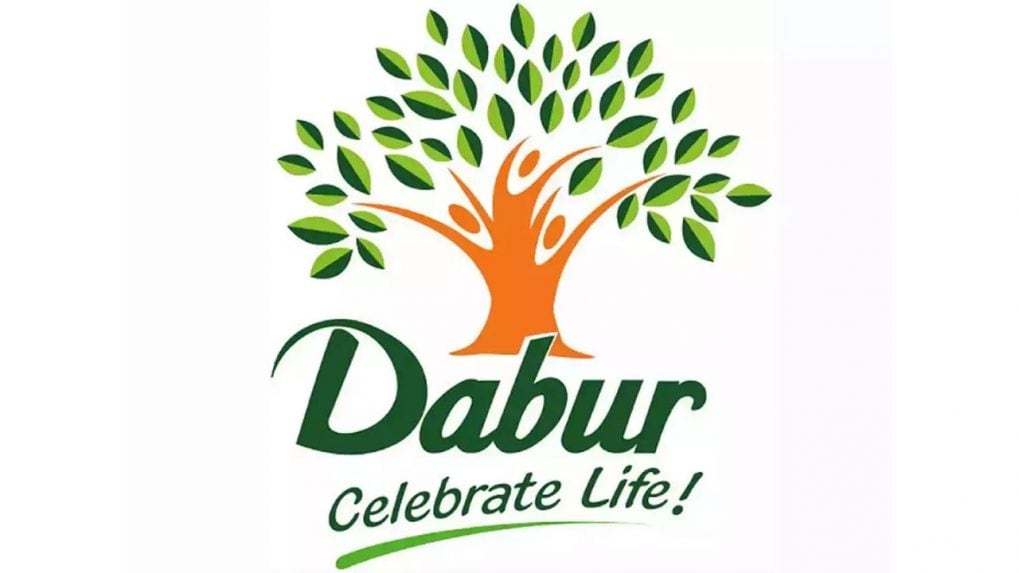Digital
Why OpenAI is hiring 100 ex-bankers: Inside the ChatGPT-maker's secret project to automate Wall Street's grunt work

Dabur India announced its second-quarter results for FY26, reporting a 6.5% year-on-year rise in profit to Rs 453 crore, compared to Rs 425 crore in the same period last year.
The FMCG major posted consolidated revenue of Rs 3,191 crore, up 5.4% YoY, despite a dynamic economic environment and transitional GST headwinds, the company said.
“Our India business reported market share gains across 95% of the portfolio,” said Mohit Malhotra, CEO, Dabur India Ltd.
Total income rose 4.7% YoY to Rs 3,331.45 crore from Rs 3,180.11 crore in Q2 FY25.
The maker of Chyawanprash, honey and Red toothpaste marginally increased its advertising and publicity expenses to Rs 233.57 crore in Q2 FY26 from Rs 225.63 crore a year ago. Sequentially, Dabur grew its AdEx by 16%; it had spent Rs 201.96 crore in Q1 FY26.
During the quarter, the toothpaste portfolio grew 14.3%, while Real Activ recorded growth of over 45%. The Foods category rose over 14%, shampoos over 9%, Skin & Salon by ~8%, and Home Care by over 5% in Q2 FY26.
Dabur’s international business grew 7.7% YoY, led by the UK (48%), followed by Turkey (18%), Dubai (17%), and the US and Bangladesh (16% each).
On future strategy, Malhotra said Dabur is investing in premiumization, digital transformation, and distribution expansion—“three pillars that will define the next chapter of our journey.”
From purpose-driven work and narrative-rich brand films to AI-enabled ideas and creator-led collaborations, the awards reflect the full spectrum of modern creativity.
Read MoreIn a wide-ranging interview with Storyboard18, Sorrell delivers his frankest assessment yet of how the deal will redefine creativity, media, and talent across markets.